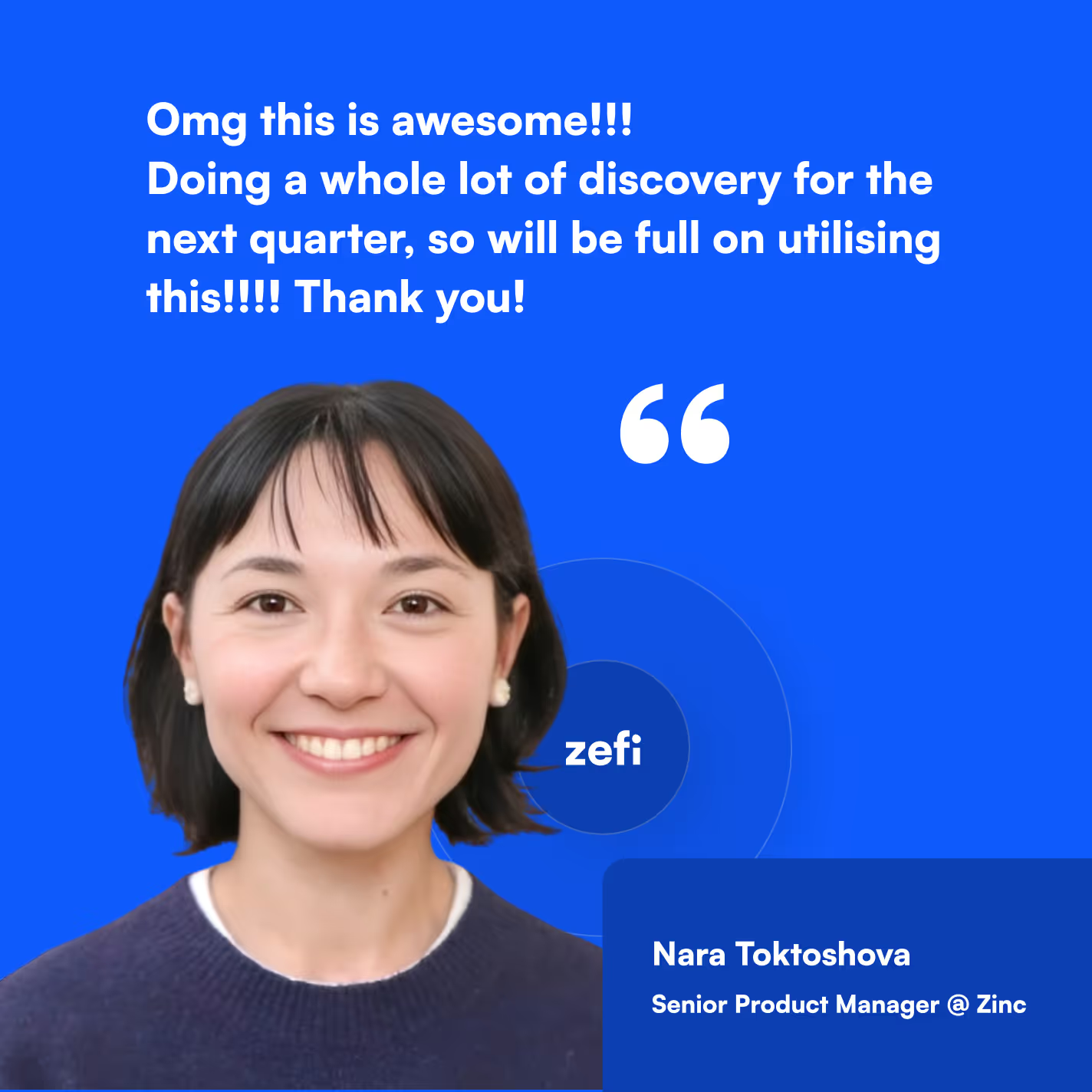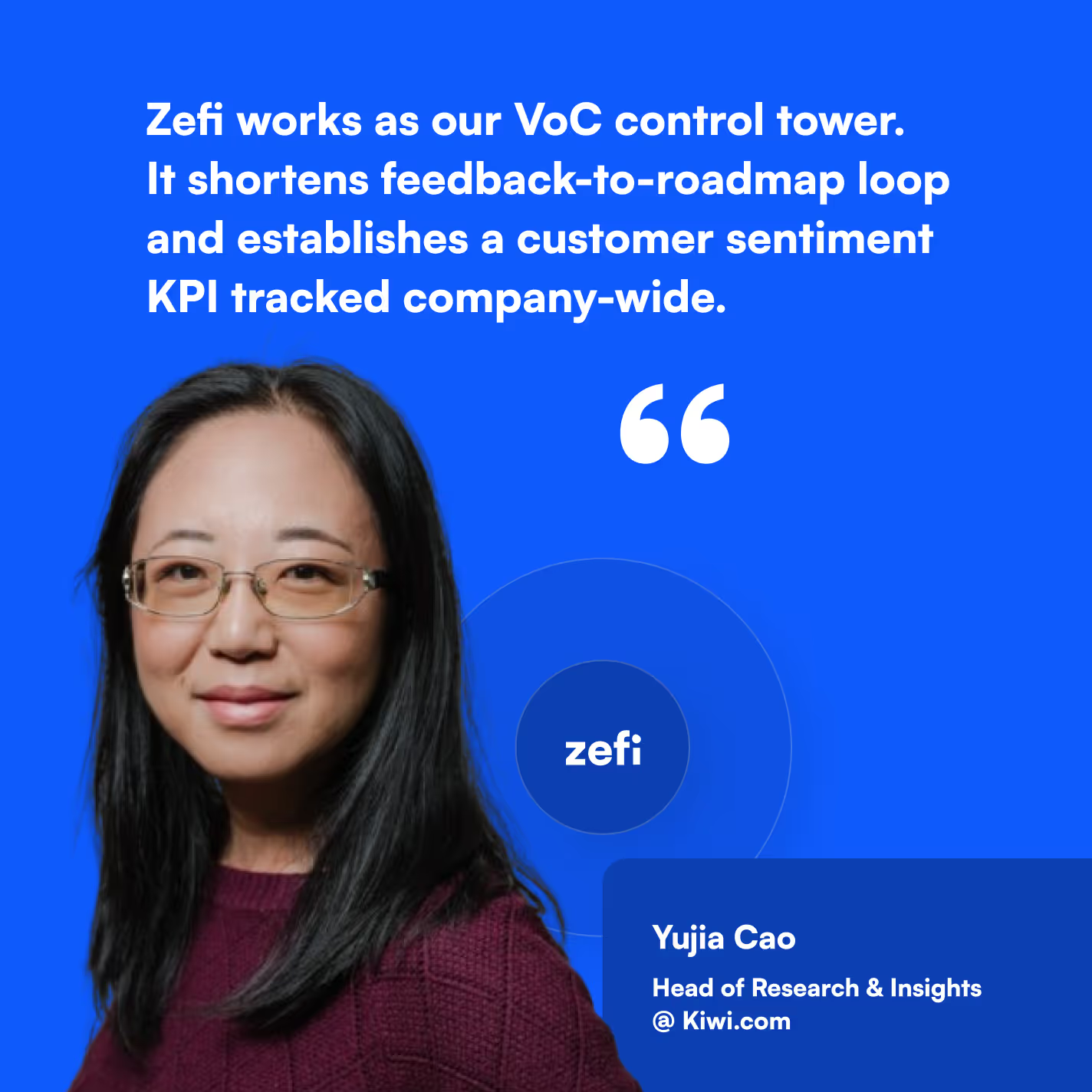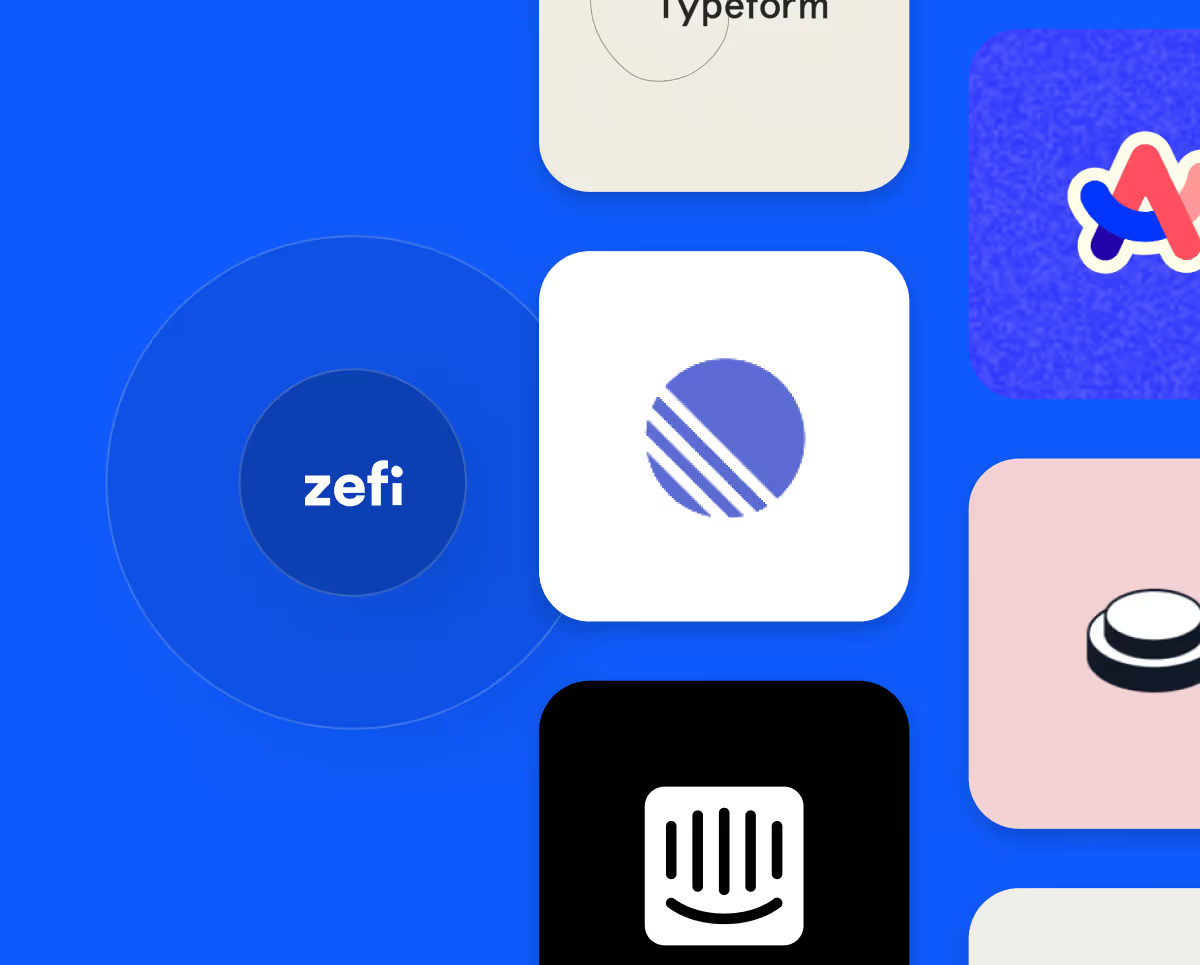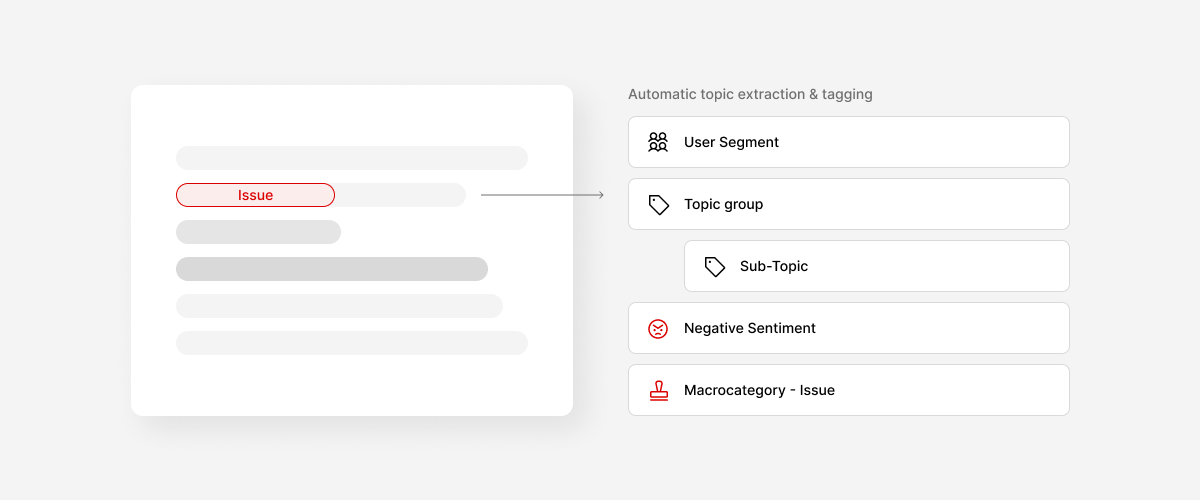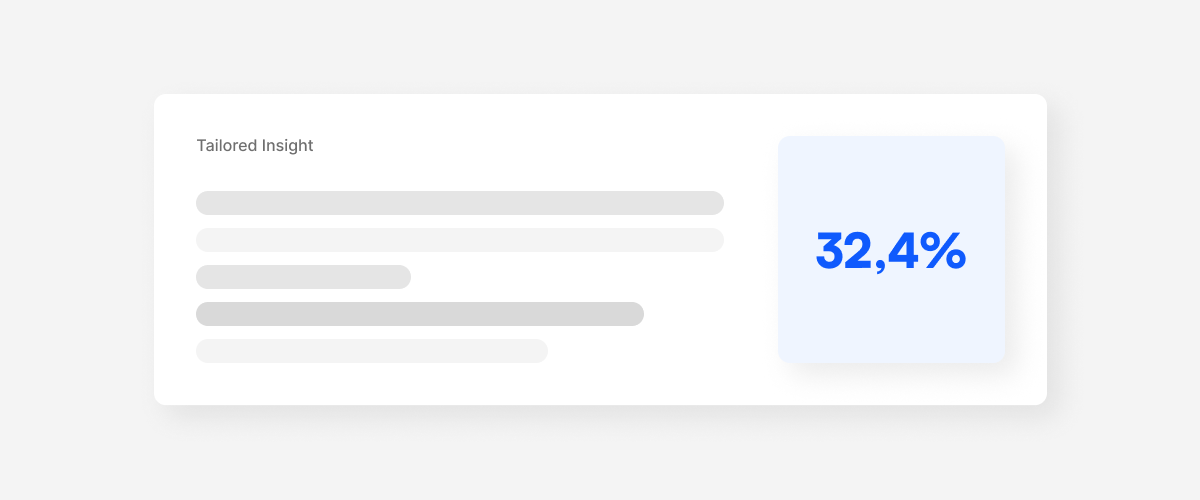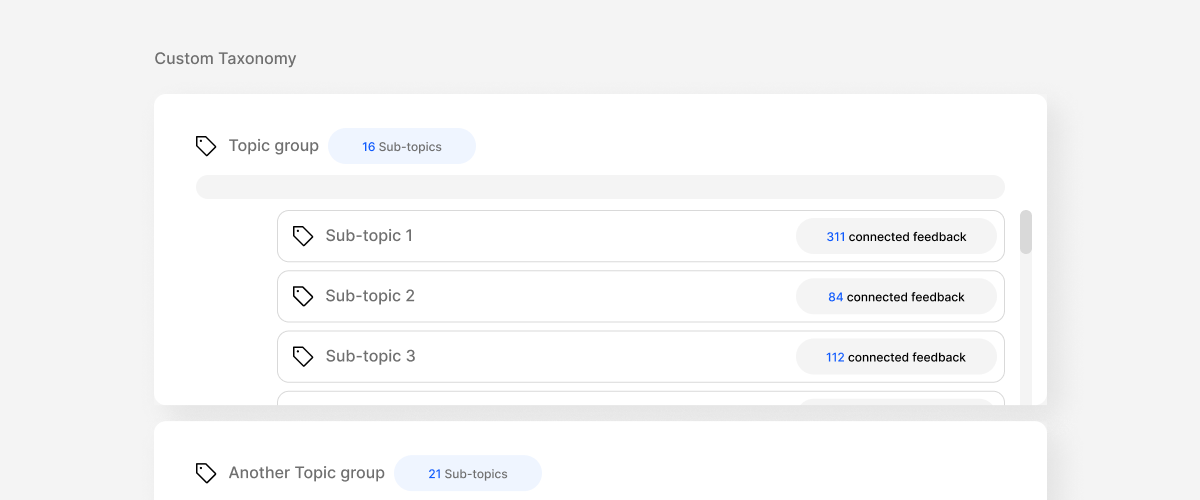Prioritizing Features with Customer Delight: The Kano Model Explained
Imagine having a magic formula for prioritizing features that guarantee customer satisfaction. The Kano Model, developed by Noriaki Kano in the 1980s, offers just that. This framework empowers product managers to understand customer needs and prioritize features based on their impact on satisfaction.
Why is the Kano Model Important?
For product managers, prioritizing features is crucial. The Kano Model provides a rigorous and customer-centric approach, helping you:
- Make better decisions: Prioritize features based on their true impact on customer satisfaction, leading to higher user engagement and product success.
- Align stakeholders: By showcasing the framework behind your decisions, you can foster understanding and alignment among stakeholders.
Unlocking the Kano Model:
The model categorizes product features into three key groups:
- Basic Features: These are the "must-haves" that customers expect. Their absence leads to dissatisfaction, like the ability to send messages in a messaging app.
- Performance Features: As their performance improves, these features increase customer satisfaction. Think about message delivery speed in the messaging app example.
- Delight Features: These are unexpected features that surprise and delight customers, like the ability to send GIFs or voice messages (remember when these were novelties?).
Putting the Kano Model into Action:
Here's how to integrate the Kano Model into your product development process:
- Understand Customer Needs: Conduct surveys, gather feedback, and use research methods to truly understand customer desires.
- Categorize Features: Analyze your product features and categorize them as Basic, Performance, or Delight using the Kano Model framework.
- Prioritize Development: Focus on developing Basic Features first, followed by Performance Features, and finally, Delight Features.
- Monitor and Improve: Continuously monitor customer feedback and satisfaction levels to ensure your product remains relevant and competitive.
When to Use the Kano Model:
While most valuable during the product development phase, the Kano Model can be applied throughout the product lifecycle. Leverage it for:
- Prioritizing feature development: Make data-driven decisions about which features to focus on first.
- Improving customer satisfaction: Understand what truly matters to your users and prioritize accordingly.
- Evaluating new product opportunities: Assess potential features and predict their impact on customer satisfaction.
By embracing the Kano Model, product managers can make informed decisions, prioritize features strategically, and ultimately create products that truly resonate with their target audience.












